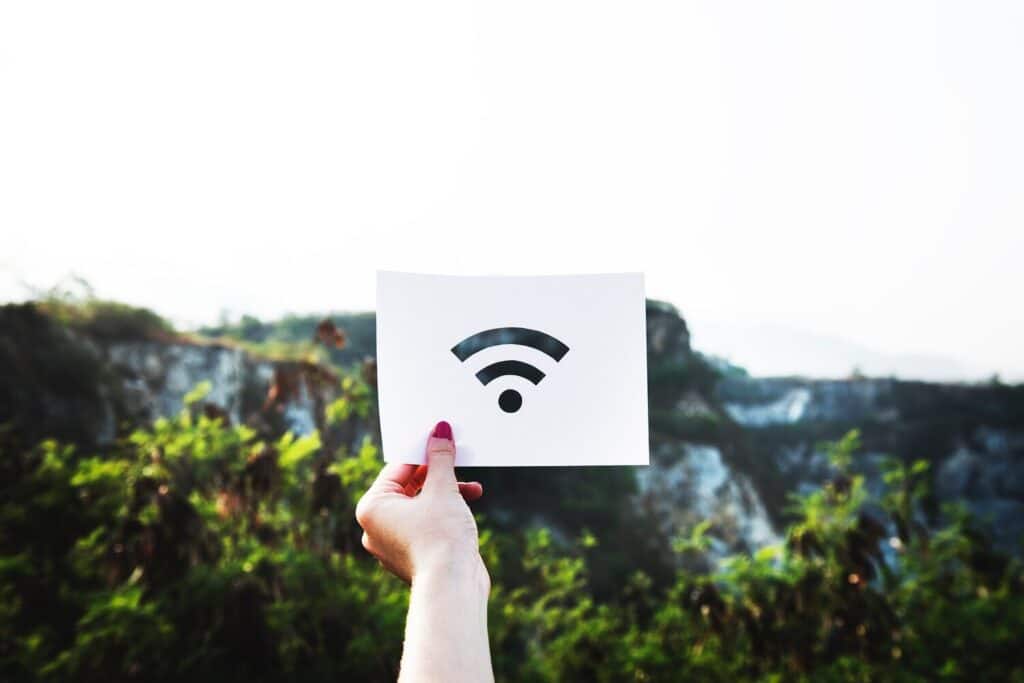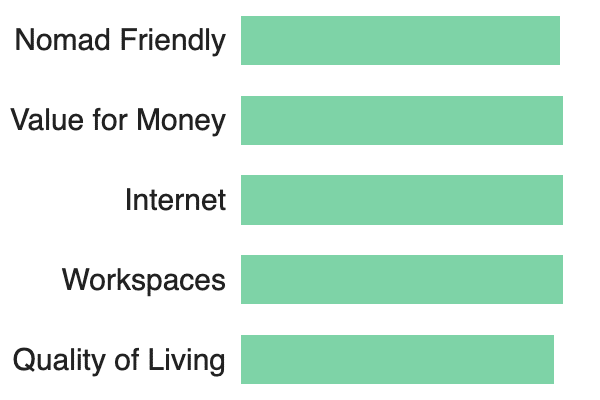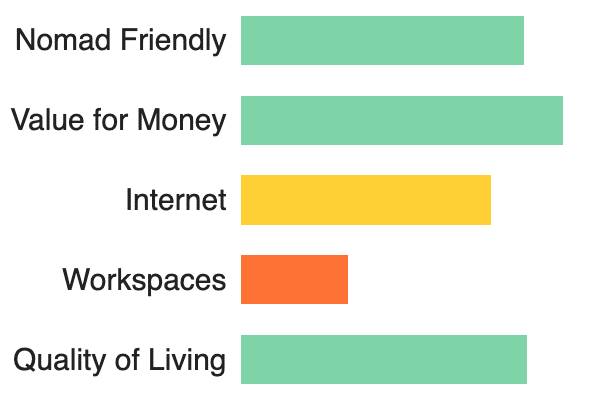
Digital Nomad WiFi & Internet
Internet access is essential for digital nomads. Your entire life is conducted online – not just work, but finding places to stay and booking travel. You’ll need to make sure you can stay connected, otherwise life can quickly become a nightmare.
There are a number of options available for connecting to WiFi 24/7. Here’s a look at the five most common methods for digital nomads right now.
Digital Nomad Internet Options
1. Coffee Shops, Accommodation and Transport
For many first time digital nomads or those looking to become digital nomads this is the attempted method of gaining WiFi. If you’re staying in an Airbnb, hotel or hostel, chances are you’ll have access to the internet. Outside of your accommodation, you’ll also need to consider whether public transport has WiFi, and think about the best coffee shops to visit. It’s becoming increasingly common to see coffee shops geared towards digital nomads that offer unlimited WiFi.
Of course, there are a number of obvious issues with this strategy. You’re never guaranteed WiFi – and even in these modern times there are plenty of accommodation, dining and transportation providers that don’t offer internet access. In some countries, it’s common to pay extra for WiFi – which can become pricier than the other options. Even once you get the internet there’s no guarantee it will be fast and reliable.
Nevertheless, if you’re on a strict budget and staying in an area popular with digital nomads, this should see you through your first few weeks. We can almost guarantee you’ll want to find a better option – but for short trips, this is a viable alternative.
2. Co-working Spaces
Co-working spaces have really taken off with the advent of digital nomad culture. You obviously don’t want to spend money on an office but working in a coffee shop is full of distractions. You’ll also be desperate for social opportunities. Co-working spaces solve all of these problems, and many of them are open 24/7 giving you unlimited access to WiFi.
That being said, if your only concern is 24/7 WiFi then co-working spaces aren’t the solution. Many of them aren’t open 24/7, and a few of those that are will charge extra for the pleasure of unlimited access. Co-working spaces are about more than office space and WiFi, and ultimately you can’t enjoy their internet on the road.
If you’re looking for social facilities, collaboration opportunities and a space to work, however, then coworking spaces are a great option. They usually have fantastic WiFi, so if you were planning on booking one of them anyway there’s no need to figure out other ways to get online.
3. Broadband
You’re probably already familiar with broadband. You pay a company to run a line through your home that you can then use to connect to the internet. In most cities, you’ll get a WiFi hub that you can use to connect to the internet wirelessly. This is probably how you connect to the internet at home – and it’s not the worst option if you’re looking to stay in a destination long term.
The glaring issue with this is that you can’t take broadband internet out of the house with you. You can only use it at home – meaning you might end up spending most of your time at home to do your work. This defeats the purpose of travelling in the first place. Most contracts also require you to stay for a while, usually 12 to 24 months. This is fine if you’re staying out the length of the visa in one place, but not a likely solution for most nomads.
Nevertheless, sometimes you just want to stick it out in one city for a while. Broadband internet is usually cheaper than the portable options, so it’s totally a worthy alternative if you’ve signed a lease for the foreseeable future. You never know when you might need to stick around in one place, so this should always be a consideration.
4. Dongle
This has been around for years and is definitely the most portable option. You take a USB stick and plug it into your laptop and presto – you’re online! This works by connecting to the cellular services available in the area. You’ll usually have to top up your allowance – the same way you would with a mobile phone – and most dongles come in a pay as you go format.
This technology is getting a little bit dated, however. There are some better options for connecting to mobile WiFi (more on that in the next section) and most dongles only offer 3G or lower these days. The pay as you go top-ups can also really add up, and hinder your ability to perform data heavy tasks.
You should also keep in mind that a few countries are still a bit behind when it comes to the internet. Cellular dongles are a necessity in many corners of the world. They’re incredibly pricey in places like Cuba, but for many visitors they’re the only way to connect to the outside world. Double check what your options are well before you arrive.
5. Mobile WiFi Hotspot
The mobile WiFi Hotspot is really the modern equivalent of the cellular dongle. They look a lot like broadband WiFi hubs, but connect to the internet through the cellular data network. Since it’s a more modern creation, you’ll find they usually work on 4G (and increasingly 5G) networks, though they have access to others in case you need them.
So what’s the downside? Well, like broadband you’ll usually have to stick to a certain term limit. The difference here being you can carry the hub around with you – and certain networks (like Three in the UK) offer free roaming to certain countries. It’s also not as reliable as broadband, and isn’t available at all in most countries.
Ultimately, however, if you have the option this is our top pick for accessing broadband as a digital nomad. It’s pretty quick if you have access to 4G/5G networks, easy to carry around and pretty affordable if you get a contract. You usually pay for it in the same way you pay for home broadband.








